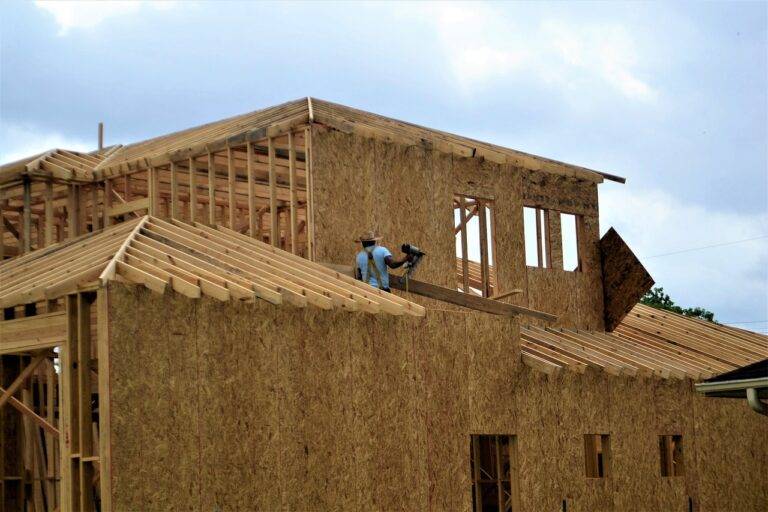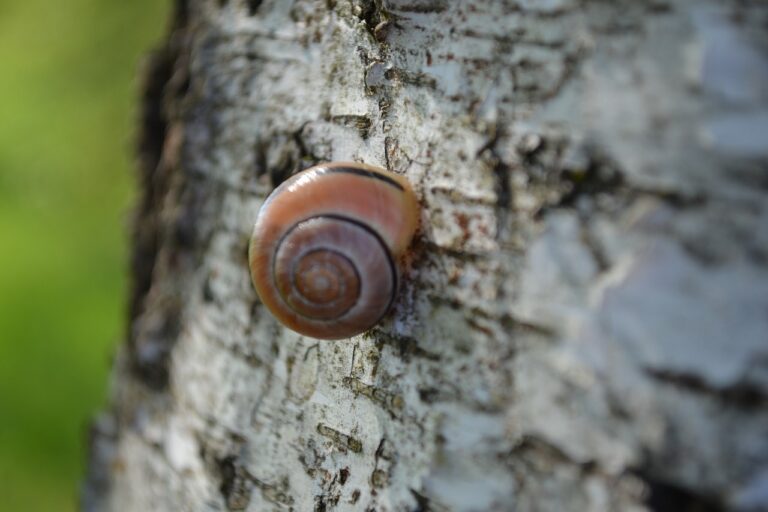The Role of Biomimicry in Sustainable Home Design
One of the key advantages of incorporating biomimicry in sustainable home design is the potential to create more energy-efficient and environmentally friendly solutions. By studying and emulating natural processes and systems, designers can develop innovative strategies to reduce energy consumption, minimize waste, and optimize the use of resources within the built environment. This approach not only contributes to lowering the ecological footprint of homes but also promotes a more harmonious relationship between human habitation and the surrounding ecosystem.
Furthermore, biomimicry in sustainable home design often leads to the creation of structures and systems that are more resilient and adaptable to changing environmental conditions. By drawing inspiration from the way nature responds to challenges and sustains life in diverse habitats, designers can develop homes that are better equipped to withstand extreme weather events, promote occupant well-being, and support long-term sustainability goals. In essence, the principles of biomimicry offer a pathway towards creating homes that are not only aesthetically pleasing but also functionally efficient and ecologically sound.
Examples of Biomimicry in Sustainable Home Design
When it comes to incorporating nature-inspired elements into sustainable home design, architects and designers are turning to biomimicry for innovative solutions. One remarkable example is the Eastgate Centre in Zimbabwe, which draws inspiration from termite mounds. By mimicking the structure’s ventilation system, the building achieves remarkable energy efficiency even in a hot climate, reducing the need for traditional air conditioning.
Another fascinating application of biomimicry is the use of spider silk-inspired materials in home construction. Researchers have been exploring the incredible strength and flexibility of spider silk to develop new, sustainable building materials. These materials have the potential to revolutionize the construction industry by offering a lightweight, high-performance alternative to traditional building materials, all while reducing the environmental impact of construction processes.
Innovative Materials Inspired by Nature for Sustainable Home Design
These days, architects and designers are turning to nature for inspiration when creating sustainable homes. The abundance of innovative materials inspired by natural elements offers a multitude of possibilities for incorporating sustainable practices into home design. By observing the resilience and efficiency of natural ecosystems, scientists and engineers have been able to develop materials that mimic the strength and durability found in nature.
For instance, biomimicry has led to the creation of bioplastics, which are derived from renewable resources like corn starch or algae. These bioplastics are not only biodegradable but also possess similar properties to traditional plastics, making them a sustainable alternative for various applications in home design. Additionally, materials such as mycelium-based composites, inspired by the rapid growth and strength of fungi networks, are being used to create lightweight yet sturdy building materials.
• Bioplastics derived from renewable resources like corn starch or algae
• Possess similar properties to traditional plastics but are biodegradable
• Sustainable alternative for various applications in home design
• Mycelium-based composites inspired by the rapid growth and strength of fungi networks
• Lightweight yet sturdy building materials created using this innovative material
What is biomimicry and how does it relate to sustainable home design?
Biomimicry is the practice of designing solutions based on natural patterns and processes. In sustainable home design, biomimicry involves drawing inspiration from nature to create energy-efficient, eco-friendly, and resilient homes.
Can you give examples of how biomimicry is used in sustainable home design?
Sure! Examples of biomimicry in sustainable home design include using spider silk-inspired materials for strong and flexible building structures, incorporating termite mound ventilation systems for natural cooling, and designing water collection systems modeled after plant roots.
What are the benefits of using innovative materials inspired by nature in sustainable home design?
Innovative materials inspired by nature offer numerous benefits, such as enhanced durability, energy efficiency, and sustainability. These materials also often require fewer resources to produce, contributing to a more environmentally friendly home design.







